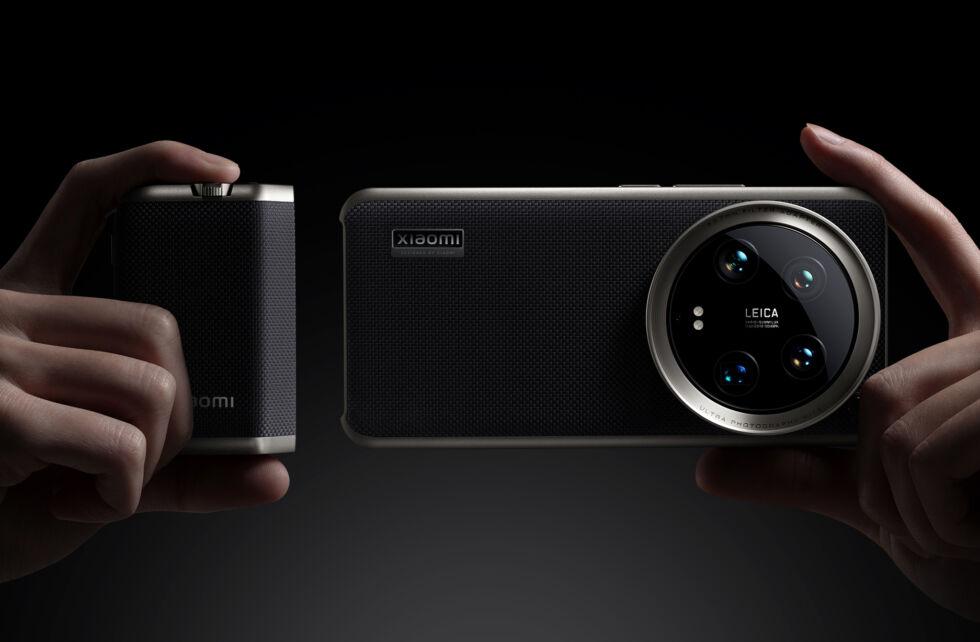
Xiaomi has released a smartphone with a curtain in the camera – 14 Ultra
How can a smartphone stand out with its camera in a time when everyone has the same camera sensors? Xiaomi has answered this question in its flagship 14 Ultra. He borrowed an element of “adult” cameras – a curtain. Xiaomi managed to fit a six-petal aperture in the tiny size of a smartphone camera. This is an interesting feature, but it has little practical use. On a smartphone camera, especially with a lot of software processing, an aperture of f1.6 to f4 won’t change your images much. Any blurring of the background is still a fake post-processing effect.
The Xiaomi 14 Ultra is a top-tier flagship available in Europe for €1499 ($1,624).
It has a 120 Hz screen, 3200 ? 1440 OLED, Snapdragon 8 Gen 3 SoC processor, 16 GB of RAM, 512 GB of flash memory, and a 5000 mAh battery. The patented 90W HyperCharge wired charger charges the phone from 0 to 100 percent in 33 minutes, while the 80W wireless version charges the phone in 46 minutes.
Xiaomi is very proud of the fact that all four sides of the screen are curved. The entire screen seems to rise up and out of the aluminum case. Xiaomi says the glass has a “deep curve around all four sides and corners, creating a flawless elegant curved shape.” For consumers, this means very expensive repairs after dropping a smartphone.

Just like the Xiaomi 13 Ultra, the entire design of the back panel imitates a classic leather 35mm camera – after all, the camera is Leica-branded. The back is made of “vegan leather,” that is, specially processed plastic. And the camera lens is a giant circle that looks a bit like a regular camera lens.
The focus on photography includes the return of the Professional Camera Kit, which makes the phone look even more like a real camera. The set consists of two parts.
The first is a case that adds a mounting ring around the camera protrusion, so you can attach a lens cap or camera filter to the camera protrusion. The other half of the kit is the camera grip, which comes with a 1500 mAh battery and physical camera controls such as a two-step shutter button that can activate autofocus, a record button, a two-way zoom lever, and a customizable dial. Just like last year, it makes the phone look like a more serious camera, but it’s just an appearance – a camera is made good by its large lens, and a smartphone is made good by its tiny lens.

